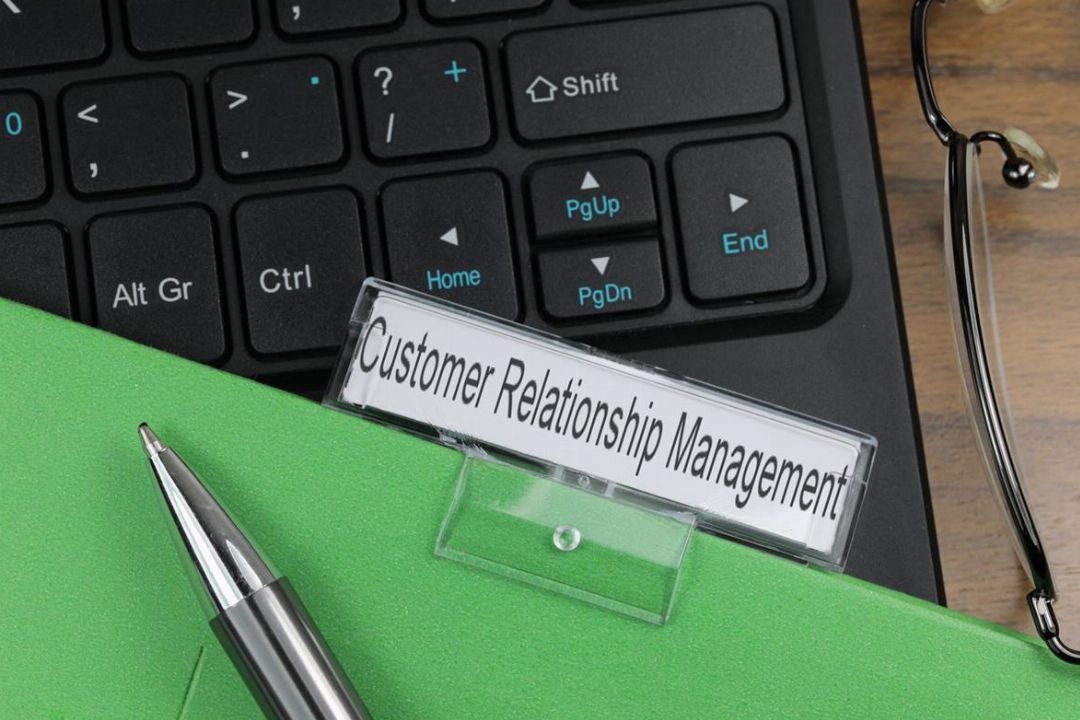Key Concepts of Electronic Customer Relationship Management eCRM
E-CRM or electronic customer relationship management involves creating strategies and plans for how digital technology and digital data can support CRM. Some specialists in e-commerce teams have this as their job title or in their job description. But what is e-CRM?
What is e-CRM?
Customer Relations Management with an 'e'? Ultimately, E-CRM cannot be separated from CRM, it needs to be integrated and seamlessly. However, many organisations do have specific E-CRM initiatives or staff responsible for E-CRM. Both CRM and E-CRM are not just about technology and databases, it's not just a process or a way of doing things, it requires, in fact, a complete customer culture.

More specifically, we can say that important e-CRM challenges and activities which require management are:
- Using the web site for customer development from generating leads through to conversion to an online or offline sale using e-mail and web-based information to encourage purchase;
- Using digital communications technologies to maximise sales to existing customers and encourage continued usage of online services.
- Managing e-mail list quality (coverage of e-mail addresses and integration of customer profile information from other databases to enable targeting);
- Applying e-mail marketing to support upsell and cross-sell;
- Data mining to improve targeting;
- Providing online personalisation or mass customisation facilities to automatically recommend the 'next-best product';
- Providing online customer service facilities (such as frequently asked questions, callback and chat support);
- Managing online service quality to ensure that first-time buyers have a great customer experience that encourages them to buy again;
- Managing the multi-channel customer experience as they use different media as part of the buying process and customer lifecycle.
Benefits of eCRM
Using the Internet for relationship marketing involves integrating the customer database with web sites to make the relationship targeted and personalised. Through doing this marketing can be improved as follows.
- Targeting more cost-effectively. Traditional targeting, for direct mail for instance, is often based on mailing lists compiled according to criteria that mean that not everyone contacted is in the target market. For example, a company wishing to acquire new affluent consumers may use postcodes to target areas with appropriate demographics, but within the postal district the population may be heterogeneous. The result of poor targeting will be low response rates, perhaps less than 1 per cent. The Internet has the benefit that the list of contacts is self-selecting or pre-qualified. A company will only aim to build relationships with those who have visited a web site and expressed an interest in its products by registering their name and address. The mere act of visiting the web site and browsing indicates a target customer. Thus the approach to acquiring new customers with whom to build relationships is fundamentally different, as it involves attracting the customers to the web site, where the company provides an offer to make them register.
- Achieve mass customisation of the marketing messages (and possibly the product). This tailoring process is described in a subsequent section. Technology makes it possible to send tailored e-mails at much lower costs than is possible with direct mail and also to provide tailored web pages to smaller groups of customers (micro-segments).
- Increase depth and breadth and improve the nature of relationship. The nature of the Internet medium enables more information to be supplied to customers as required. For example, special pages such as Dell's Premier can be set up to provide customers with specific information. The nature of the relationship can be changed in that contact with a customer can be made more frequently. The frequency of contact with the customer can be determined by customers - whenever they have the need to visit their personalised pages - or they can be contacted by e-mail by the company.
- A learning relationship can be achieved using different tools throughout the customer lifecycle. For example: tools summarise products purchased on-site and the searching behaviour that occurred before these products were bought; online feedback forms about the site or products are completed when a customer requests free information; questions asked through forms or e-mails to the online customer service facilities; online questionnaires asking about product category interests and opinions on competitors; new product development evaluation - commenting on prototypes of new products.
- Lower cost. Contacting customers by e-mail or through their viewing web pages costs less than using physical mail, but perhaps more importantly, information only needs to be sent to those customers who have expressed a preference for it, resulting in fewer mail-outs. Once personalisation technology has been purchased, much of the targeting and communications can be implemented automatically.
Marketing applications of CRM
A CRM system supports the following marketing applications:
- Sales force automation (SFA). Sales representatives are supported in their account management through tools to arrange and record customer visits.
- Customer service management. Representatives in contact centres respond to customer requests for information by using an intranet to access databases containing information on the customer, products and previous queries. It is more efficient and may increase customer convenience if customers are given the option of web self-service, i.e. accessing support data through a web interface.
- Managing the sales process. This can be achieved through e-commerce sites, or in a B2B context by supporting sales representatives by recording the sales process (SFA). Campaign management. Managing advertising, direct mail, e-mail and other campaigns. Analysis. Through technologies such as data warehouses and approaches such as data mining, which are explained further later in the chapter, customers' characteristics, their purchase behaviour and campaigns can be analysed in order to optimise the marketing mix.
Continue reading here: Permission marketing
Was this article helpful?
Readers' Questions
-
Rocky1 year ago
- Reply
-
Adaldrida1 year ago
- Reply